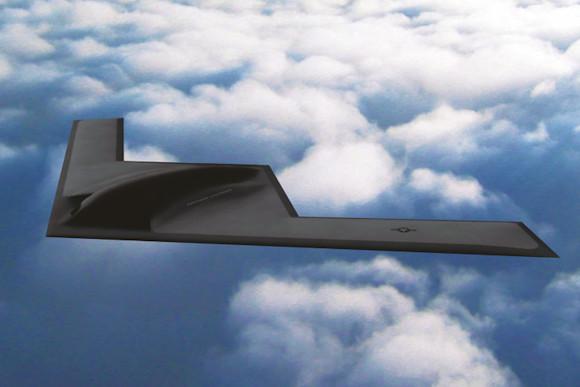The B-21 Raider, new Long Range Strike-Bomber of Northrop Grumman, could be equipped with technology QueSST, Which stands for Quiet Supersonic Technology. Lockheed Martin and NASA are currently testing the preliminary design in the wind tunnel. Although announced as a technology for civil applications, the system QueSST could certainly equip the future supersonic Air Force bomber.
La Quiet Supersonic Technology has the aim of canceling the typical supersonic boom produced by airplanes in flight, thanks to a different configuration that separates the shocks and expansions associated with the supersonic profile. In this way the sound of the aircraft would be drastically reduced.
The B-21 program has currently reached a cost of 58,4 billion dollars. Non-final figure. In addition to the acquisition, the Pentagon will have to bear the development costs covered by military secrecy.
The B-21 designation identifies the LRS-B as the first strategic bomber of the 21 century. The B-21 Raider it would have been designed from the outset on the basis of a set of requirements that would allow the use of pre-existing technology. That's why the B-21 should be very similar in design to the B-2.
It may not be that way. The B-21 is developed by Northrop Grumman and has prevailed on the flying wing advanced by the Boeing / Lockheed Martin team. The first Air Force contract involves the purchase of five lots for a total of 21 airplanes at the cost of 21,4 billion dollars. The Air Force plans to reach the Initial Operational Capacity by the middle of the 2020.
Each bomber will cost $ 564 for a fleet of new generation 100 aircraft and a total cost of $ 58,4 billions of dollars. The supply will not be subject to discontinuities (lawfully acquired) so that the B-2 error can not be repeated for an order of 132 aircraft carried to 21 with exorbitant costs.
It is confirmed that the Raider it will be assembled in Palmdale, in the same plants where the B-1 and B-2 (built by Northrop) were built.
The Air Force, which has secreted development costs, presses for a force of at least 150 bombardiers ready for combat compared to that provided by the Department of Defense. The Congress does not seem to want to go beyond the hundred B-21.
According to the branched specifications (the few unclassified), the B-21 was designed to hit any part of the world taking off from the American territory. The payload capacity will be lower than the B-2, a gap that will be filled with the massive use of new generation smart weapons. In this way, the offensive capacity of the B-21 will be comparable to that of the B-2. Some aerodynamic solutions of the B-2 could also be used in the B-21. Three features of the B-21, its complete integration into various military networks, including orbital reconnaissance systems. The systems will be decisive off-board for the collection of targeting data and electronic countermeasures.
The long-range bomber will be able to perform both conventional and nuclear roles. It also refers to the aircraft not manned by human operators. To be noted, that for the new Long Range Strike-Bomber a certain level of artificial intelligence had been hypothesized several times.
La Initial Operational Capacity for conventional roles it will be declared with the human component on board between the 2020 and the 2025. With the Full Operational Capabilitytwo years later, the B-21 will be able to carry out deterrence missions. Subsequently, the B-21 will be unmanned.
It is confirmed that the human component will be present in the first 21 specimens, which fall into the first batch. The Raider will send retired both B-52 and B-1 bombers. The latter will remain in service until 2040.
(photo: Northrop Grumman Corporation)












